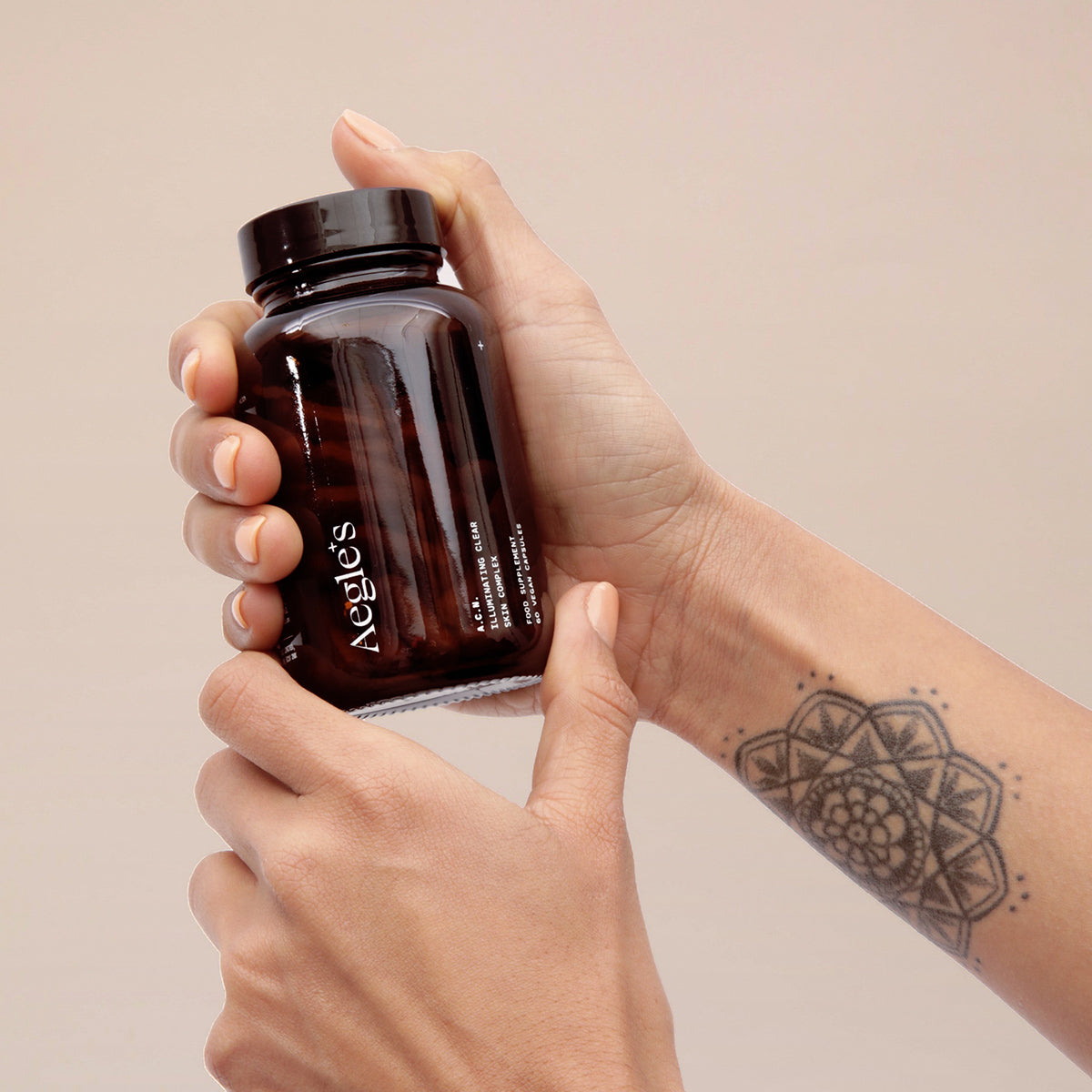Many of us in our everyday lives experience high levels of stress.
Over time if this feeling of stress becomes our body's normal state, it can result in adrenal fatigue. This article explores what adrenal fatigue is and how it can cause acne in women.
What is adrenal fatigue?
Our adrenal glands are essential for our everyday health. They produce hormones, including cortisol and sex hormones, which are responsible for numerous functions in the body.
Adrenal fatigue is when the adrenal glands become exhausted from producing too much cortisol in response to chronic stress. This causes their hormonal output to become compromised.
As acne almost always has a hormonal imbalance at its root, any imbalance in our hormonal system can result in chronic acne.
Medical science has not proven the existence of adrenal fatigue. However, functional medicine does recognise the condition and uses both hair mineral analysis and hormonal testing as a diagnostic tool.
The most common diagnostic tool is to test cortisol levels, as this is the dominant hormone affected.
Stress, adrenal fatigue and cortisol
When we are stressed, our adrenal glands produce cortisol. Over time, if we continue to feel chronic levels of stress, our adrenal glands have to work harder to produce higher levels of cortisol.
When adrenal fatigue first sets in, cortisol levels remain high. This can cause a feeling of being wired or over-excited for longer periods of time.
If, after many weeks or months in this state, the body is not brought back to a more relaxed state, cortisol levels slump, causing the symptoms of low energy and lingering fatigue.
The general symptoms of adrenal fatigue include:
- Difficulty waking up in the morning
- Fatigue in the afternoon (usually 2-4pm)
- Difficulty falling asleep if awake after 11pm
- Feeling negative emotions easily and frequently
- Brain fog
- Craving overly salty or sweet foods
- Light headed or dizziness on standing
- Getting sick frequently or having trouble recovering from illness
- Chronic acne
How adrenal fatigue causes acne
When we are exposed to stress our bodies produce adrenaline and cortisol. Initially in a stress response our body will also increase its progesterone levels. However, as progesterone is a precursor to cortisol, our progesterone levels can dip as our body is over-using it in its attempt to keep up with sufficient levels of cortisol for our stress needs.
The connection between adrenal fatigue and acne is in this dip in progesterone production, as progesterone is an essential hormone needed to regulate our skin's sebum production.
In the days leading up to our period our skin is more prone to producing excess sebum due to insulin resistance. During this time, our progesterone levels also increase, which prevents our skin from producing too much sebum and therefore reduces the chance of us developing acne.
Without sufficient levels of progesterone to regulate our skin's sebum production, the likelihood of us experiencing breakouts increases.
How to treat acne caused by adrenal fatigue
The key to treating acne caused by adrenal fatigue is to rebalance the body so it returns to producing its own normal healthy levels of progesterone.
Rebalancing the adrenal fatigue itself over the long term requires a holistic approach, by being mindful and taking care of the body, mind and spirit. However, as this can take a long time, herbal medicine is an option for the short term.
Here are some general recommendations for the long-term healing of adrenal fatigue:
- Avoid exercise or activity that is intense, such as long or strenuous workouts. Opt for yoga and walking instead.
- Practise mindfulness and meditation.
- Watch funny movies, laugh more!
- Avoid as much drama in your life as possible.
- Avoid stimulating foods, such as coffee, black tea, yerba mate, green tea and chocolate.
- Eat a diet high in proteins and good fats, and low in simple carbohydrates and sugars.
- Try to be in bed by 9pm at night, and sleep for a minimum of eight hours.
- Rest, relax or sleep whenever you feel tired.
In conclusion
If you suspect that your acne is due to adrenal fatigue, then it is recommended to get a diagnosis and treatment plan to begin your healing journey. You can also implement the holistic lifestyle treatments listed above.
Adrenal fatigue can be a long recovery, so more than anything it’s important to be patient with your body. And know that in the short term, there are natural options to clear the acne while you’re working on calming your stress and nervous system.
Start your journey to heal your skin now.

Start your journey to heal your skin now.
- Contains ingredients clinically proven to improve blemishes and skin radiance.
- Formulated by one of the world's leading skin practitioners.
- The only supplement that works for the three main causes of blemishes, blackheads and oily skin.
Discover more articles
- Choosing a selection results in a full page refresh.







